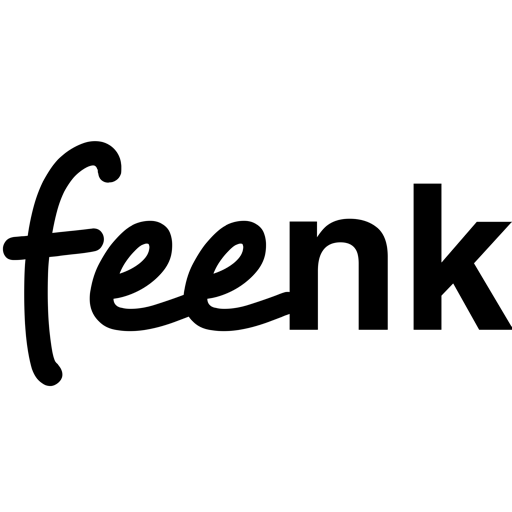#gtoolkit search results
The first videos I ever attempted to make for YouTube were about making little games in Processing, and lead to something I called GameSketchLib... 12 years later (!!), I appear to be coming full circle in #pharo with #gtoolkit ...

This is neat. A page of code (most of it formatting) to get a live UML diagram. Thanks to the magic of #gtoolkit and #mondrian, you can click any class or method name to spawn a live inspector for that thing off to the right.

Here is how it looks like to work with multiple Wardley Maps and how to evaluate them through the lens of node profile diagrams in #GToolkit.
A modern version of this would be an inspector that produced a live instance diagram. Seems quite feasible in #GToolkit.

I really like how you can just create (or browse) a whole chain of methods in nested editors in #gtoolkit.

#GToolkit already does a graph view for parts of Brick Widgets. An inspector like the above would be a more general version of this that drew UML or even sub-inspector widgets.

Often when playing with snippets we get exceptions. We want to know about these exceptions, but we do not quite want to go into a full debugger. A preview suffices. That's what we added to #GToolkit when working with Pharo code. 1/

I really like being able to seamlessly evolve my project to-do list into interactive documentation for each feature as I'm working in #gtoolkit. It's not really much effort - more like a natural artefact of the development process. Here's a start on the Graph-building tool:


DynaClassroom was built on #GToolkit, the moldable development environment based on #PharoSmalltalk. 🚀 Its flexibility allows the creation of tailored environments like DynaClassroom, a collaborative educational space powered by tangible interfaces and augmented reality.
I've also been fiddling with a more traditional #smalltalk browser as a view for classes in #gtoolkit ... It's still very buggy but this is the look I'm going for:

Oh, you are asking if this editor is available? Yes, it is available as an extension to #GToolkit. Open the environment and read the dedicated page from the book to learn how to load it. 4/

Adding some #gtoolkit views to @brackendev 's helpful OpenAI-Pharo package. Its class comments are class-responsibility-collaborator notes generated by OpenAI. Neat.

The first videos I ever attempted to make for YouTube were about making little games in Processing, and lead to something I called GameSketchLib... 12 years later (!!), I appear to be coming full circle in #pharo with #gtoolkit ...


But wait. We can also debug #JavaScript from the #GToolkit debugger. "You debug JavaScript from the same debugger from which you debug Pharo?" Yes. That's what integration means. You know, the "I" in IDE. 14/

And then it gets even funnier. We see the same idea applied to the code from a #Ruby file. "Ruby? But wasn't GT about Pharo?" #GToolkit is an environment with which to build dedicated experiences for systems written in arbitrary languages and technologies. 12/


Oh wait. His whole talk is given in a development environment: #gtoolkit And he can inspect his presentation through different views.


This is neat. A page of code (most of it formatting) to get a live UML diagram. Thanks to the magic of #gtoolkit and #mondrian, you can click any class or method name to spawn a live inspector for that thing off to the right.


#GToolkit is not only an environment in which to practice Moldable Development, it is also an extensive case study of Moldable Development. And it comes with an explanatory book made out of live notebooks, too. And did I mention that it's free and open-source? 18/

Like any new discipline, it can be learnt. And to learn it, you need an environment. That's what #GToolkit is for (and it's free and open-source). Read more about it: gtoolkit.com. 17/


A modern version of this would be an inspector that produced a live instance diagram. Seems quite feasible in #GToolkit.

The key to making #MoldableDevelopment practical: composable micro tools. Here is how a typical inspection scene is composed in #GToolkit. The scene shows a flow with two panes. The first pane holds an inspector in which we execute a script that spawns another inspector. 1/

How do you explore Ruby on Rails routes? How about: - Left pane: all API entry points in a searchable list. - Right pane: for a given entry point, we see the routes definitions linked with the corresponding controller implementations. #MoldableDevelopment with #GToolkit

Something went wrong.
Something went wrong.
United States Trends
- 1. Penn State 21.9K posts
- 2. Mendoza 18.7K posts
- 3. Gus Johnson 6,139 posts
- 4. #iufb 3,945 posts
- 5. $SSHIB 1,285 posts
- 6. Omar Cooper 8,894 posts
- 7. Sayin 66.8K posts
- 8. Sunderland 151K posts
- 9. Estevao 27.4K posts
- 10. #UFCVegas111 3,638 posts
- 11. Iowa 18.5K posts
- 12. Jim Knowles N/A
- 13. Texas Tech 13.1K posts
- 14. James Franklin 7,991 posts
- 15. Happy Valley 1,805 posts
- 16. Oregon 32.6K posts
- 17. Arsenal 250K posts
- 18. Neto 24.4K posts
- 19. Garnacho 20.2K posts
- 20. WHAT A CATCH 10.9K posts












